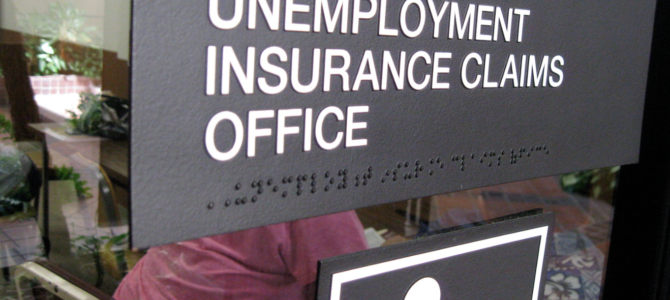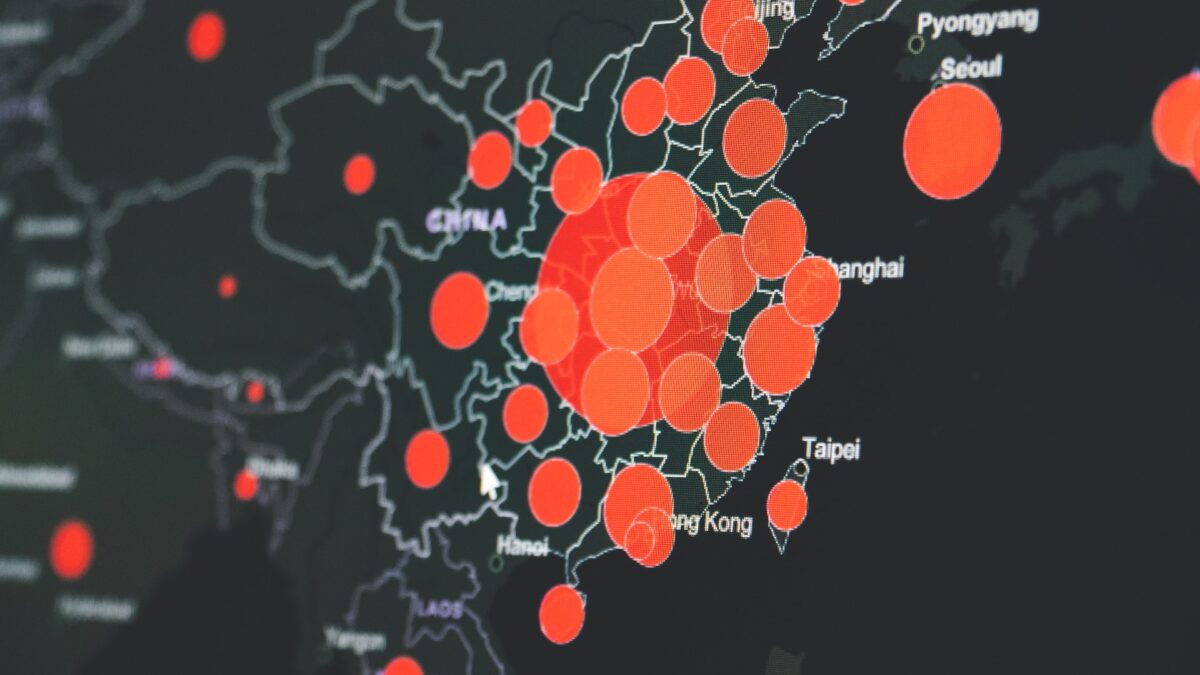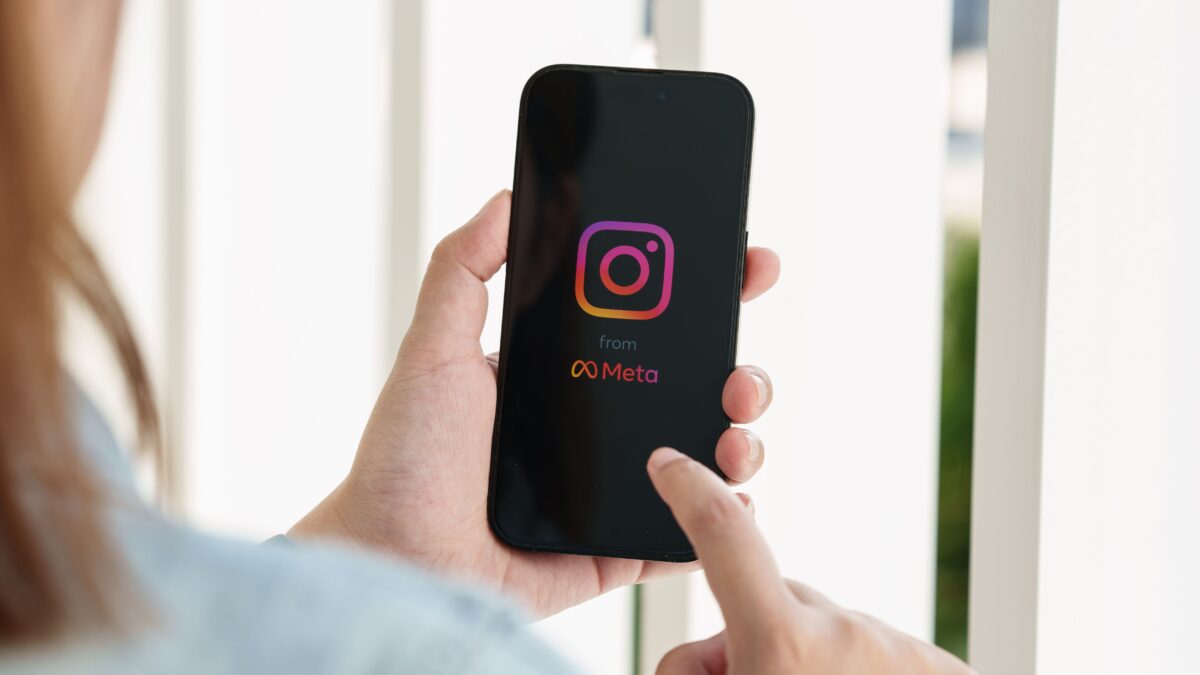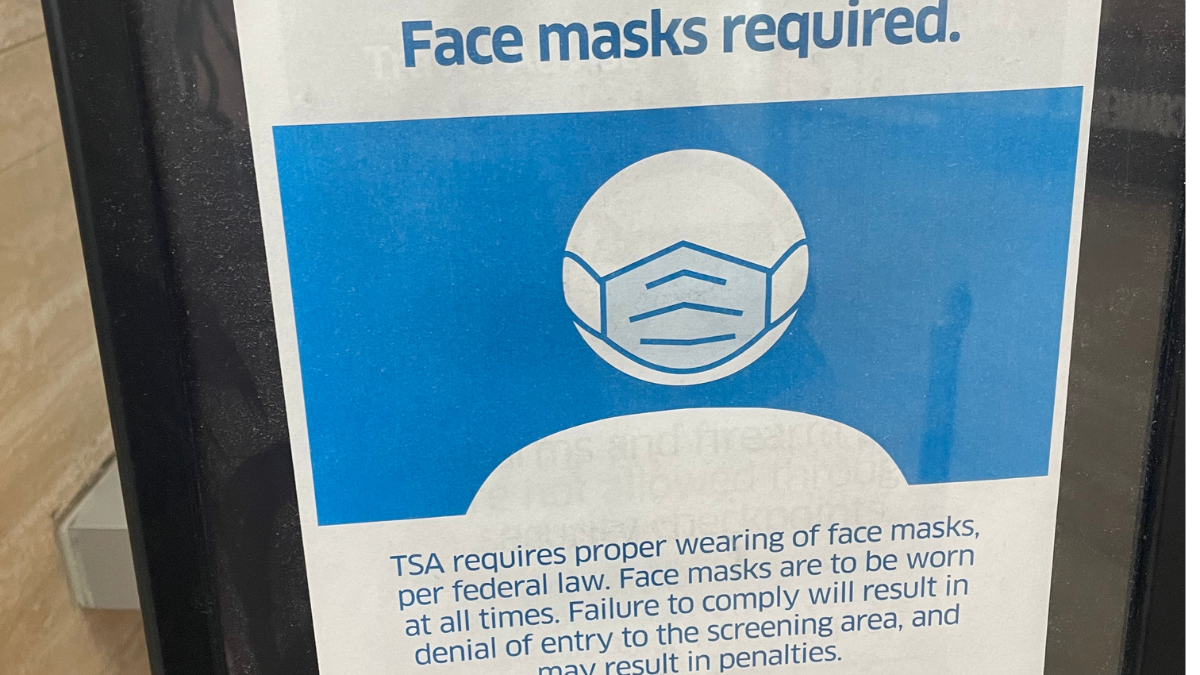
Just a couple weeks post-shutdown, the coronavirus talking points have settled in. “Listen to the doctors” is front and center, as journalists and elites obsessing over doomsday predictions beg us not to put “profits over people.” Citizens concerned about the economic fallout are not just asking for a cost-benefit analysis of “lives or livelihoods,” however, but a recognition that public health and the economy are deeply linked. Shutting down the latter may severely strain the former, and the concerns extend well beyond health insurance coverage.
As zealous policymakers train every hose in the country on the COVID-19 fire, the lives of American families are deteriorating by the hour in the flood of extreme caution.
What does public health look like when 1 in 3 Americans lose their jobs in the span of just a few weeks? What happens when intermediate and long-term social and economic prospects are hopelessly uncertain, and people are isolated from friends and relatives for weeks, even months? What happens when young adults, already the loneliest and most mentally distressed generation in American history, are forced into physical isolation from peers, leaving them to fall deeper into a toxic social media vortex?
Increased Risk of Suicide
The link between suicide and unemployment is already well known. According to a 2013 study by Timothy J. Classen and Richard A. Dunn, unemployment duration is the biggest factor in increased risk of suicide, but mass layoffs are “powerful localized events where suicide risk increases shortly afterward.”
They estimated “one additional suicide death for every 4,200 males” and “one additional suicide death for every 7,100 females” who lost their job in a mass layoff. Using the Federal Reserve’s projection of 31 percent unemployment of the U.S. labor force gives us just more than 51 million unemployed Americans. Using a male-to-female worker ratio of 53/47, that level of unemployment, particularly if prolonged, could result in an estimated additional 3,258 women and 6,211 men taking their lives.*
This is the biggest layoff in American history, with 10 million jobless claims flooding employment offices across the country over the last two weeks, and many more likely to come. According to the study, suicide risk is highest between 15 and 26 weeks of unemployment, meaning time is running out to prevent what is likely to be a crisis of another kind. Last week, Knox County in Tennessee reported more suicides than COVID-19 deaths, a total of nine suicides within 48 hours.
General risk of death increases after mass layoffs as well. A 2009 study on Pennsylvania’s oil crisis and recession in the ’80s found that the chances of dying doubled for men who were victims of mass layoffs in the year following the job loss. Two decades later, they were still at a greater risk of early death. Another meta-analysis found a 63 percent higher risk of death for those who experienced unemployment during the study periods than those who didn’t.
Researchers at the World Economic Forum also found that more negative economic outlooks increase the likelihood of suicide. Despite the $2 trillion stimulus package, millions of people across the country are oscillating between panic and despair as companies continue to furlough employees, and states announce tighter and longer lockdowns. It would be naive to think we can keep the economy shut down and escape the increased risks of death associated with mass layoffs, especially suicide.
Exacerbation of the Loneliness Epidemic
The risk factors for suicide — depression, anxiety, and other mental health issues — are only exacerbated in isolation, and can have severe health consequences. For years, the media has been discussing America’s “epidemic of loneliness,” bringing with it a “60 percent increased risk of functional decline and a 45 percent greater risk of death for older Americans,” according to a national Health and Retirement Study.
The first loneliness profile presented in an Aspen Ideas panel was of an 81-year-old woman who turned down a telehealth call because the in-home visit was her only human contact. The elderly aren’t the only ones affected, however. Prolonged loneliness could have the same impact on life expectancy as smoking 15 cigarettes a day.
“Biologists have shown that feelings of loneliness trigger the release of stress hormones that in turn are associated with higher blood pressure, decreased resistance to infection and increased risk of cardiovascular disease and cancer,” wrote Dr. Claire Pomeroy, president of the Albert and Mary Lasker Foundation.
Loneliness has gripped millennials and Generation Z especially hard, likely contributing to the skyrocketing suicide rate among teens and young adults, up 56 percent from 2007 to 2017. In a 2019 YouGov survey, 29 percent and 23 percent reported they felt lonely “always” or “often.” Forty-three percent of Gen Zers and 45 percent of millennials reported having fewer than four friends, with 16 percent and 22 percent reporting no friends, respectively.
The vast majority of the Gen Z cohort is in school. The shutdown has sent them home, cutting them off from what few friends they do have with no definitive return date and limited physical contact with anyone outside their families. Does social media engrossment adequately substitute for physical contact, or does it drag them deeper into loneliness, envy, and dissatisfaction?
Extreme social distancing rules across the country cut already lonely people off from contact with friends, parents, siblings, and even children, for the divorced or separated. It’s wishful thinking to expect shelter-in-place orders won’t drastically exacerbate the rate of suicide attempts and substance abuse, also highly correlated with loneliness, in addition to worsening other measures of health, such as heart disease. More than 67,000 people died of drug overdose in 2018; how many deaths will be added when the lonely become even lonelier?
Emergence of the ‘Haves’ and the ‘Have-Nots’
Policymakers must also consider the health effects of shuttering the livelihoods of potentially a third of Americans while the income of others remains virtually unscathed. Stimulus checks are not going to be at salary-replacement levels forever. A giant chasm is broadening between the “haves” and “have-nots,” and no amount of teasing new welfare proposals will bridge it.
Harvard Public Health outlines one case study of the small town of Roseto, Pennsylvania, which supplied evidence that when inequality is exacerbated, health outcomes are poorer. “A 25-year follow-up, conducted in 1985, found increased incidents of hypertension and angina pectoris, and a more than doubled number of those who suffered one or more heart attacks.”
Progressives often blame unequal access to resources for this disparity, but it could also be envy, an emotion the government can hardly control, no matter how much money it prints. According to a 2018 Australian study by Redzo Mujcic and Andrew J. Oswald, envy is a “powerful predictor” of worse mental health scores and of future well-being. Mental health affects physical well-being, meaning the envy generated by extreme and conspicuous inequality may ultimately contribute to worse physical health and shorter life spans.
We are in an unprecedented situation. “Unemployed” and “employed” may emerge, temporarily, as the greatest societal divide. Whether that divide is an effect of envy, social tension, lower access to health care, a combination, or something else, it could worsen health outcomes considerably.
If policymakers and journalists really care about public health, they wouldn’t rely on only the pandemic experts and researchers whose sole focus is suppressing and mitigating the physical effects of a pandemic. The economic cost isn’t just in dollars, but in lives and well-being. We must ensure we’re not flooding the house while we put out the fire, or we’ll have endured prolonged economic and psychological suffering for comparable long-term outcomes.
*Estimated suicide calculation:
- 158,760,000 employed Americans x 0.31 unemployment rate = 49,215,600 unemployed.
- 49,215,600 x .47 = 23,131,332 females
/7,100 = 3,258 suicides - 49,215,600 x .53 = 26,084,268 males
/4200 = 6,211 suicides
- 49,215,600 x .47 = 23,131,332 females









